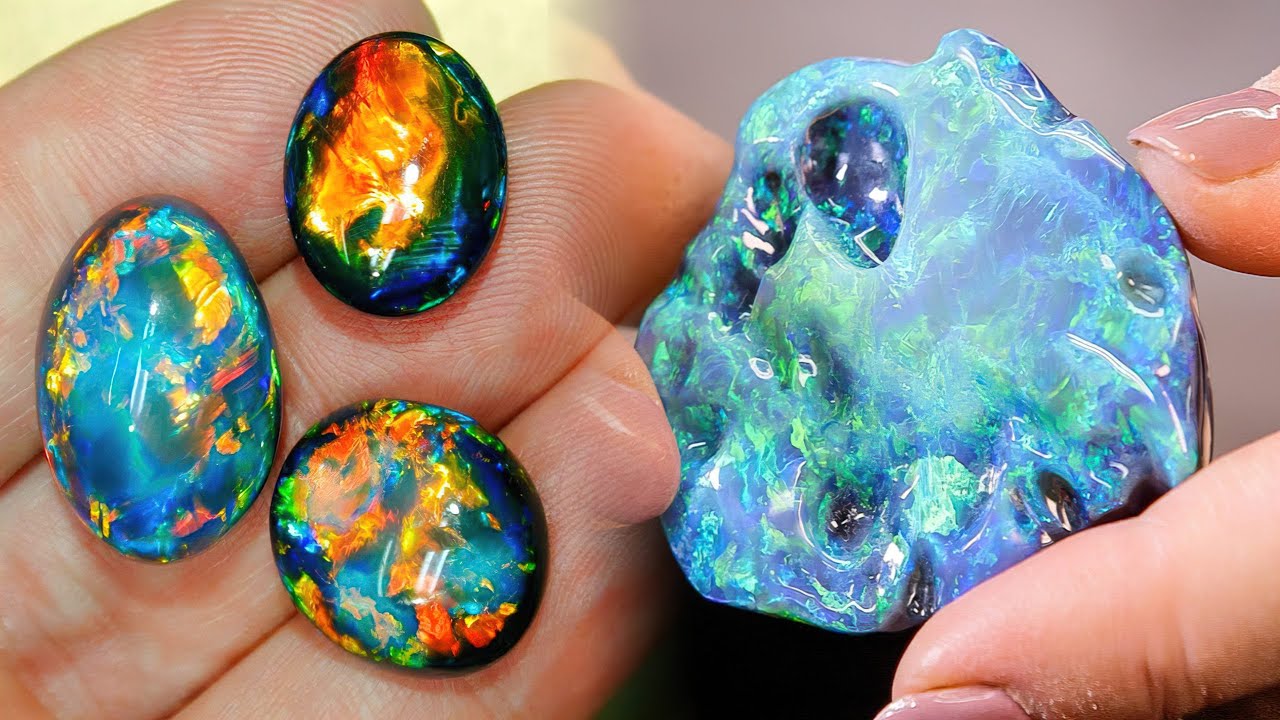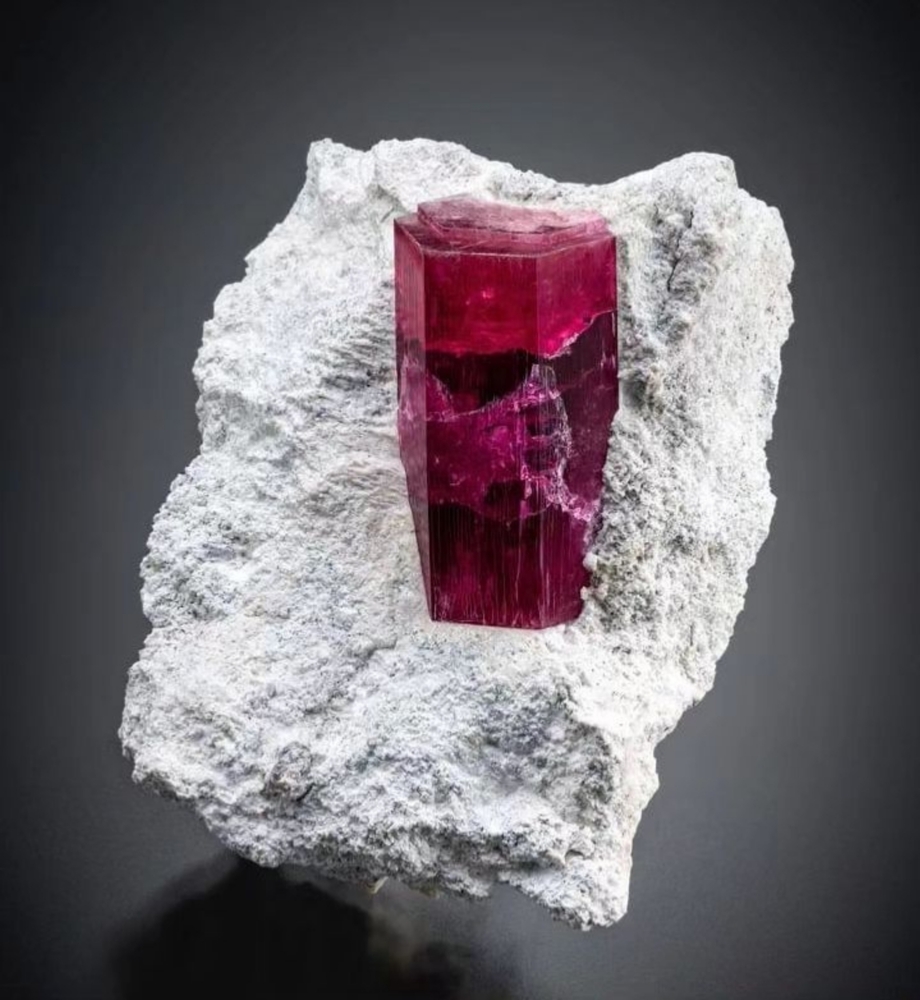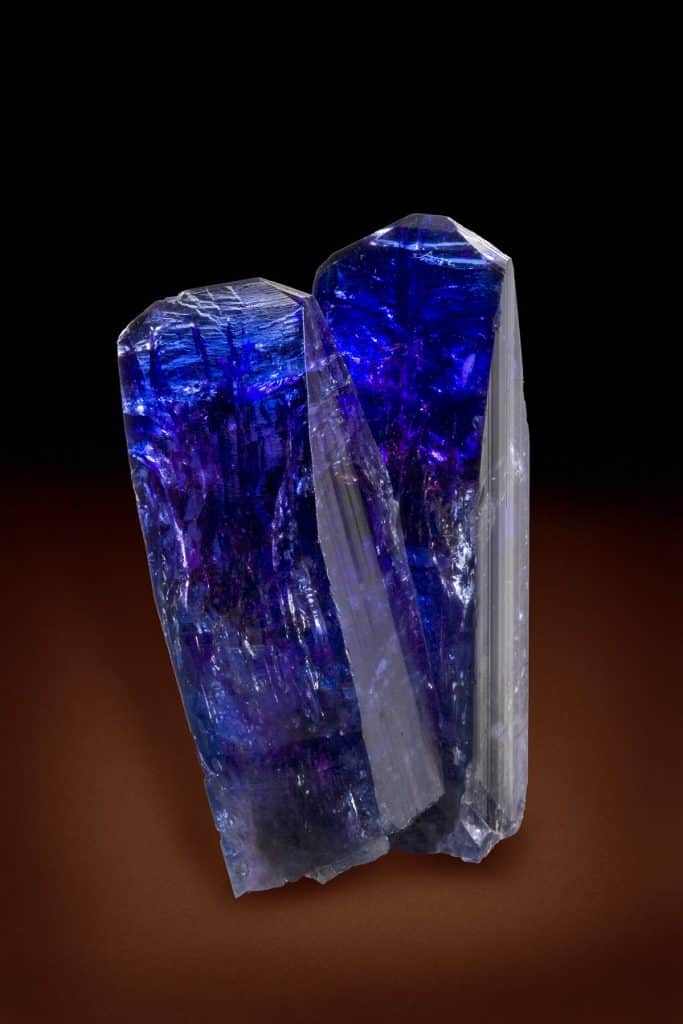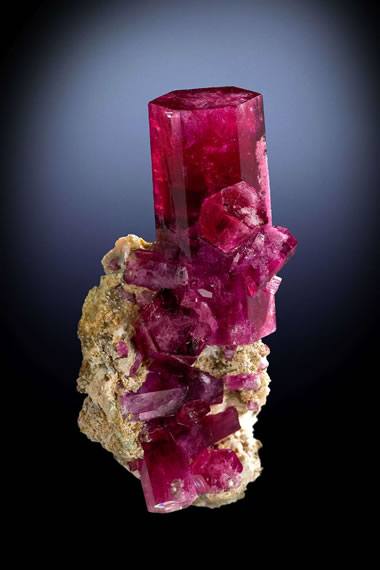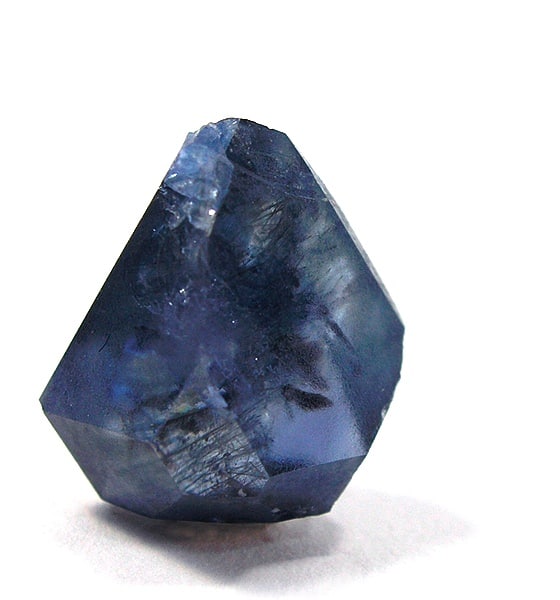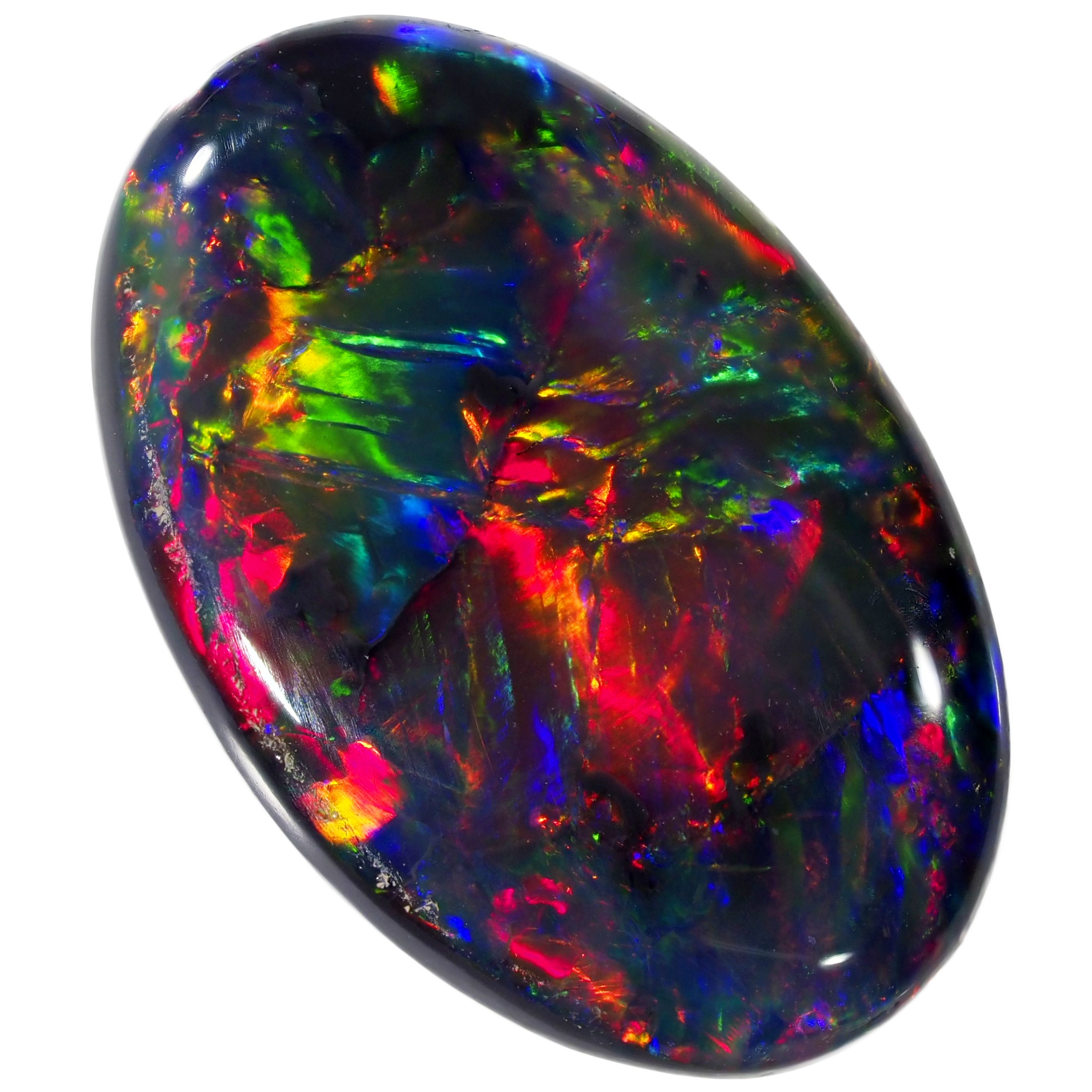What Is The Most Rarest Crystal
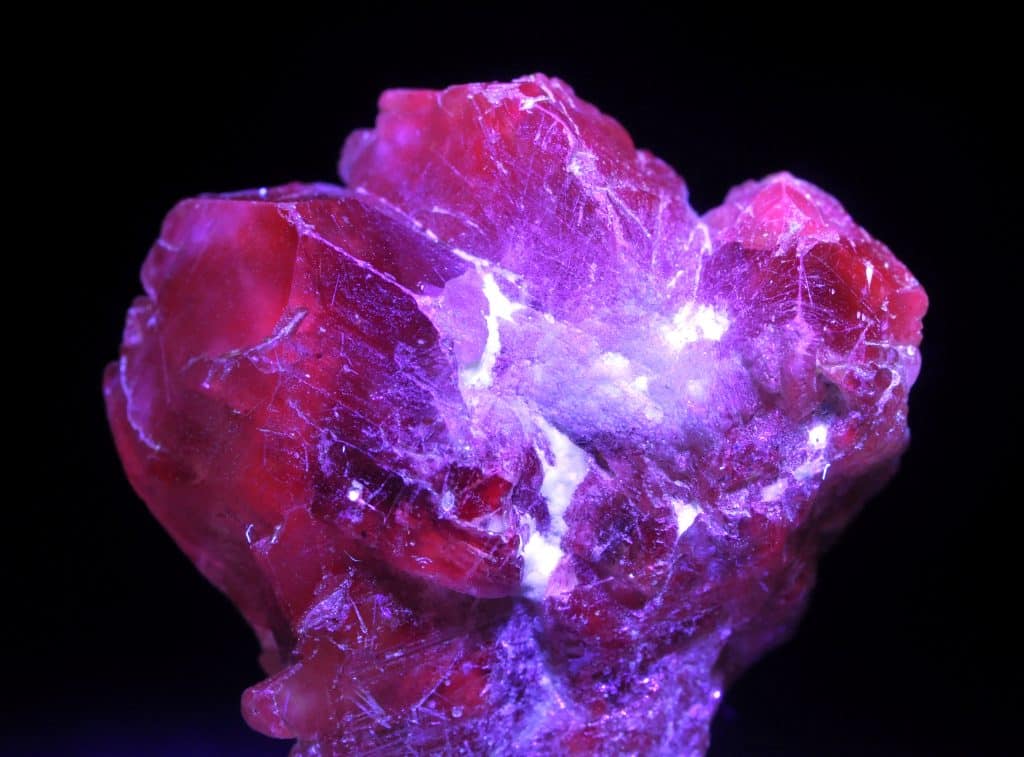
The world of minerals is vast and varied, a testament to the complex geological processes that shape our planet. Within this realm lies a hierarchy of rarity, with certain crystals fetching astronomical prices and becoming the subject of intense fascination among collectors and scientists alike. But what single crystal reigns supreme as the rarest of them all?
The answer, while often debated, points towards Painite. It is a borate mineral that was first discovered in Myanmar in the 1950s. For decades, only a handful of specimens were known to exist, solidifying its reputation as the world's rarest gemstone.
Painite's rarity is significant because it highlights the intricate and often improbable conditions required for specific mineral formations. It reminds us that even within the Earth's crust, certain chemical combinations and geological events are exceedingly uncommon. Its scarcity also fuels a strong demand from collectors and researchers, each eager to possess or study a piece of this geological enigma.
Unveiling Painite: A Mineralogical Marvel
Arthur C. Pain, a British gemmologist, first identified the mineral in the 1950s. He initially mistook it for ruby because of its reddish-brown hue. It wasn't until the 1950s that mineralogical analysis confirmed it to be a new mineral species, named Painite in his honor.
The chemical formula for Painite is CaZrAl9O15(BO3). It contains calcium, zirconium, aluminum, oxygen, and boron. The presence of zirconium, in combination with the other elements, is a key factor contributing to its rarity.
For years, only two Painite crystals were known to exist. These original samples were heavily included and not gem-quality. The limited availability made Painite a truly legendary mineral, coveted by museums and private collectors.
The Hunt for More: Discoveries and Developments
In the early 2000s, new discoveries in Myanmar significantly increased the known supply of Painite. The Mogok region, renowned for its gem deposits, yielded several new specimens.
While these discoveries made Painite less rare than it once was, it remains exceptionally scarce. Gem-quality Painite is still highly sought after and commands extremely high prices.
According to a report by GIA (Gemological Institute of America), even with new finds, the total number of Painite crystals recovered remains relatively small. This ongoing scarcity reinforces its status as one of the world's rarest minerals.
Why So Rare? The Geological Perspective
The rarity of Painite stems from the unique geological conditions required for its formation. The presence of boron and zirconium in the same geological environment is uncommon.
These elements must be present in the correct concentrations and under specific temperature and pressure conditions. It is unlikely that such conditions often occur, especially in such a way to form a crystal of any real size or quality.
Furthermore, the presence of trace elements like vanadium and chromium, which contribute to Painite's color, adds another layer of complexity. Therefore, it needs very specific condition.
Beyond Rarity: The Scientific Significance
The study of rare minerals like Painite provides valuable insights into the Earth's geological history. The mineral’s composition and crystal structure can reveal information about the conditions under which it formed.
Researchers use techniques like X-ray diffraction and electron microprobe analysis to study Painite. These analyses help determine the mineral’s elemental composition and crystalline structure.
Understanding the formation of rare minerals can also aid in the exploration for other valuable resources. Similar geological conditions may exist in other locations, potentially leading to the discovery of new deposits.
Impact and Implications
The allure of rare crystals like Painite extends beyond the scientific community. Mineral collectors and enthusiasts are drawn to their beauty and scarcity.
The high prices commanded by rare gemstones can drive local economies in mining regions. However, it's important to ensure that mining practices are sustainable and environmentally responsible.
The story of Painite serves as a reminder of the Earth's hidden treasures and the ongoing quest to understand its complex processes.
Looking Ahead
While Painite currently holds the title of one of the rarest minerals, the world of mineralogy is constantly evolving. New discoveries and advancements in analytical techniques may lead to the identification of even rarer species.
Ongoing research continues to shed light on the geological processes that create these extraordinary materials. Future discoveries promise to further enrich our understanding of the Earth's history and composition.
The pursuit of rare crystals like Painite embodies the spirit of exploration and scientific discovery. It reflects our enduring fascination with the wonders of the natural world.
